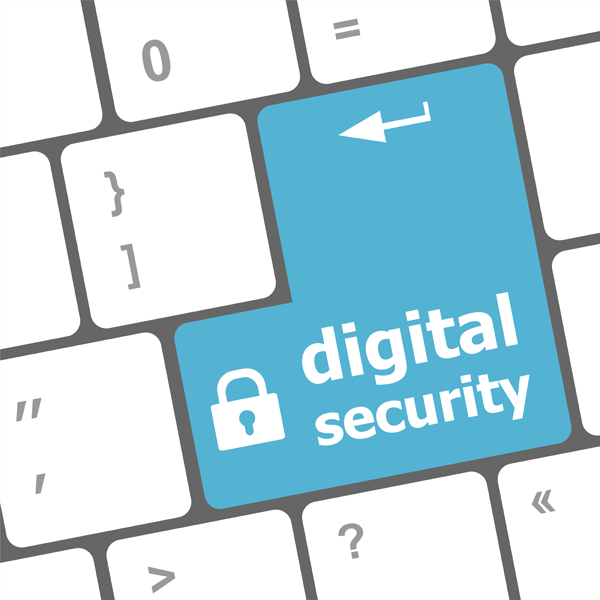In today’s interconnected digital landscape, where cyber threats lurk in every virtual nook and cranny, protecting sensitive data has become a major concern and top priority. Among the many menacing cyber threats that have emerged, ransomware is among the most insidious and pervasive. Let’s look more closely at ransomware prevention strategies and things individuals and organizations can do to safeguard against this growing threat.
 Adopt a Cybersecurity Mindset
Adopt a Cybersecurity Mindset
First and foremost, cultivate a robust cybersecurity mindset. This means developing a proactive approach that prioritizes security. It also means staying vigilant, regularly updating software and operating systems, and promptly applying security patches.
Organizations and individuals must also have a reputable antivirus solution to detect and neutralize threats. Antivirus software is designed to detect, prevent, and remove malicious software, such as viruses, Trojans, spyware, and worms. It scans files and programs on a computer or network to identify potential threats and neutralize them.
Without antivirus software, a computer or network is vulnerable to attack, leaving sensitive data and personal information at risk. Moreover, viruses can spread quickly, infecting other computers and devices connected to the network, amplifying the damage caused. Therefore, having a reliable antivirus solution is crucial to maintaining the security and integrity of your digital systems and preventing a disaster that takes valuable time to recover from.
Implement a Back-Up System
Ransomware attacks have become increasingly common in recent years and can cause significant damage to individuals and businesses alike. These malicious attacks involve encrypting the victim’s data and demanding payment for the decryption key. However, you can take steps to mitigate the impact of a ransomware attack and prevent potential data loss.
One of the most effective countermeasures against ransomware is to regularly back up critical data and store it offline or on secure cloud platforms. This ensures the victim can simply restore their data from a backup without paying the ransom. That’s why it’s important to implement a comprehensive backup strategy that involves both local and offsite backups.
Local backups provide quick and easy recovery in case of hardware failure or accidental deletion, while offsite backups protect against disasters such as fire, flood, or theft. By having multiple backups and storing them in different locations, redundancy is ensured and recovery is facilitated. In addition, it is crucial to regularly test backups to ensure their reliability and integrity.
Conduct Cybersecurity Training
Employee awareness and training play a pivotal role. Conducting regular cybersecurity training sessions that educate employees about the latest phishing techniques, social engineering tactics, and safe online practices empowers them to be the first line of defense against ransomware attacks. Simulated phishing exercises can also gauge the effectiveness of training efforts and identify areas for improvement.
Take a layered approach to security. Organizations should employ a combination of network security measures, including robust firewalls, intrusion detection and prevention systems, and secure web gateways. These measures bolster the security posture and help thwart ransomware attacks before they gain a foothold.
Information is knowledge! Stay informed about emerging ransomware trends and attack vectors. By monitoring threat intelligence feeds and collaborating with industry peers and cybersecurity experts, you or your organization can proactively identify and respond to potential threats. Sharing information about new attack techniques and malware variants helps raise awareness and enables the collective defense against ransomware.
Practice Good Digital Hygiene
Cybercriminals constantly seek ways to exploit human vulnerabilities and gain access to sensitive information. Therefore, team members at all levels must be cautious when interacting with emails, attachments, and website links.
One of the most common tactics used by cybercriminals is to send phishing emails with links or attachments that, when clicked, install malware on your device. Therefore, it’s crucial to scrutinize every email, especially those from unknown senders. Look for red flags, such as spelling and grammatical errors, suspicious links, and attachments you were not expecting. If an email seems too good to be true, it probably is, and it’s best to err on the side of caution.
In addition to being cautious with emails, it’s essential to avoid downloading files from untrusted sources. Malicious software can easily be disguised as a legitimate file, and downloading such files can compromise a device’s security and cause ongoing issues.
Avoid clicking on unknown links, especially those that come through social media or messaging apps. Cybercriminals often use social engineering tactics to trick people into clicking on malicious links. Therefore, it’s best to verify the source of the link. So practice good digital hygiene and protect data from getting into the wrong hands.
Implement an Incidence Response Plan
Lastly, organizations and individuals alike should have an incident response plan in place. This plan should outline the necessary steps to take in the event of a ransomware incident, including isolating affected systems, notifying relevant stakeholders, and engaging incident response professionals. A well-prepared and tested incident response plan minimizes downtime, reduces the potential for data loss, and aids in swift recovery.
Conclusion
Combating ransomware requires a proactive and multi-faceted approach. By adopting these proactive measures, you’ll collectively contribute to a safer digital environment where sensitive data remains secure from the clutches of cybercriminals, making life safer for everyone.
